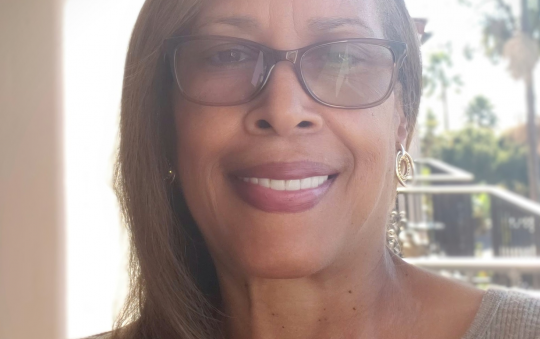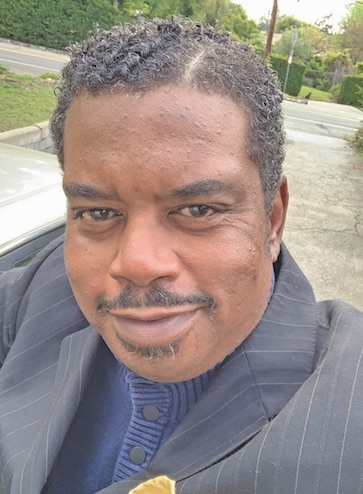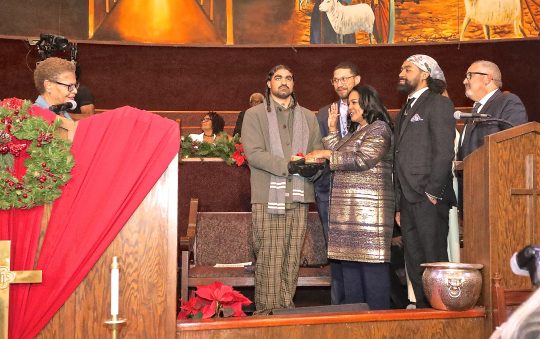
Demonstrations continue in Charlotte, N.C., and protests have spread to Atlanta and elsewhere, sparked most recently by the police killing of Terence Crutcher in Tulsa, Okla., and Keith Lamont Scott in Charlotte. Against that backdrop, I joined thousands for the opening of the National Museum of African American History and Culture on the mall in Washington, D.C.
The museum is a stunning achievement. It does not blink at our nation’s history, nearly 400 years since the first slave ship came to our land. But it is not a story of despair and suffering. It tells a story of transcendence, of injustices righted, of people — black and white, some famous and most unknown — who sacrificed and built, marched
and protested, prayed and sang to make America better.
What the museum does, fundamentally, is change our sense of America’s narrative. It reveals that African-Americans are not at the bottom of America but part of its foundation, not parasites but central to the host. We are not debtors to America, but creditors. And with that recognition, our angle of vision changes, we are empowered by the knowledge of our past.
As the poet Sonia Sanchez put it in an interview with the Washington Post: “The great thing about it is that we came out of slavery and we built. And we build and we build, and that’s what we’ve done — in spite of all kinds of terrible things that have happened to us, we’ve built. We built churches and schools, and we built homes, and we said we’re here now, you’ve brought us here. We are a part of this great American landscape, and you are going to remember us. You’re going to remember us when you come to this museum.”
As President Barack Obama put it at the opening ceremony: “African-American history is not somehow separate from our larger American story. It is not the underside of the American story. It is central to the American story.”
Former president George W. Bush signed the legislation that authorized building the museum. His wife, Laura, sits on its board and dedicated hours and energy to bring it to fruition. As the opening ceremony, Bush captured the museum’s importance. First, “it shows our commitment to truth. A great nation does not hide its history.” Second, it shows “America’s capacity to change.” The founders summoned us to a high standard — that “all men (and women) are created equal” — and gave us democratic liberties to struggle and create a “more perfect union.” Third, Bush noted, the museum showcases triumph and success, the talent and contributions of extraordinary Americans. From Martin Luther King to the great jurist Thurgood Marshall, from Chuck Berry and Muhammad Ali to Aretha Franklin and Rosa Parks.
The museum grounds us in our history. It reminds us that slavery ended barely more than 150 years ago, the span of two long lives. We got the right to vote and ended legal apartheid within my own lifetime. We still deal with the economic and human costs of those injustices. Not surprisingly, we have still a long way to go to fulfill our own ideals.
And the museum reminds us that won’t happen unless people demand the change. Those demonstrators in Charlotte and Atlanta, the Black Lives Matter movement and the Dreamers demanding immigration reform are part of a long and honored tradition of citizens of conscience standing up, and making America better.
The museum will not be a passive spectator site. It will revive efforts to create a national day for remembrance of slavery. It should renew the drive to make lynching a federal crime. It should inspire the efforts to reform our criminal justice system, to offer equal opportunity to all. America’s great strength is to achieve triumph from tragedy, to find strength in differences, to contain multitudes. The demand for justice is rising once more. The need is clear; the call compelling. And as this museum reminds us, change is possible if citizens of conscience stand up.







